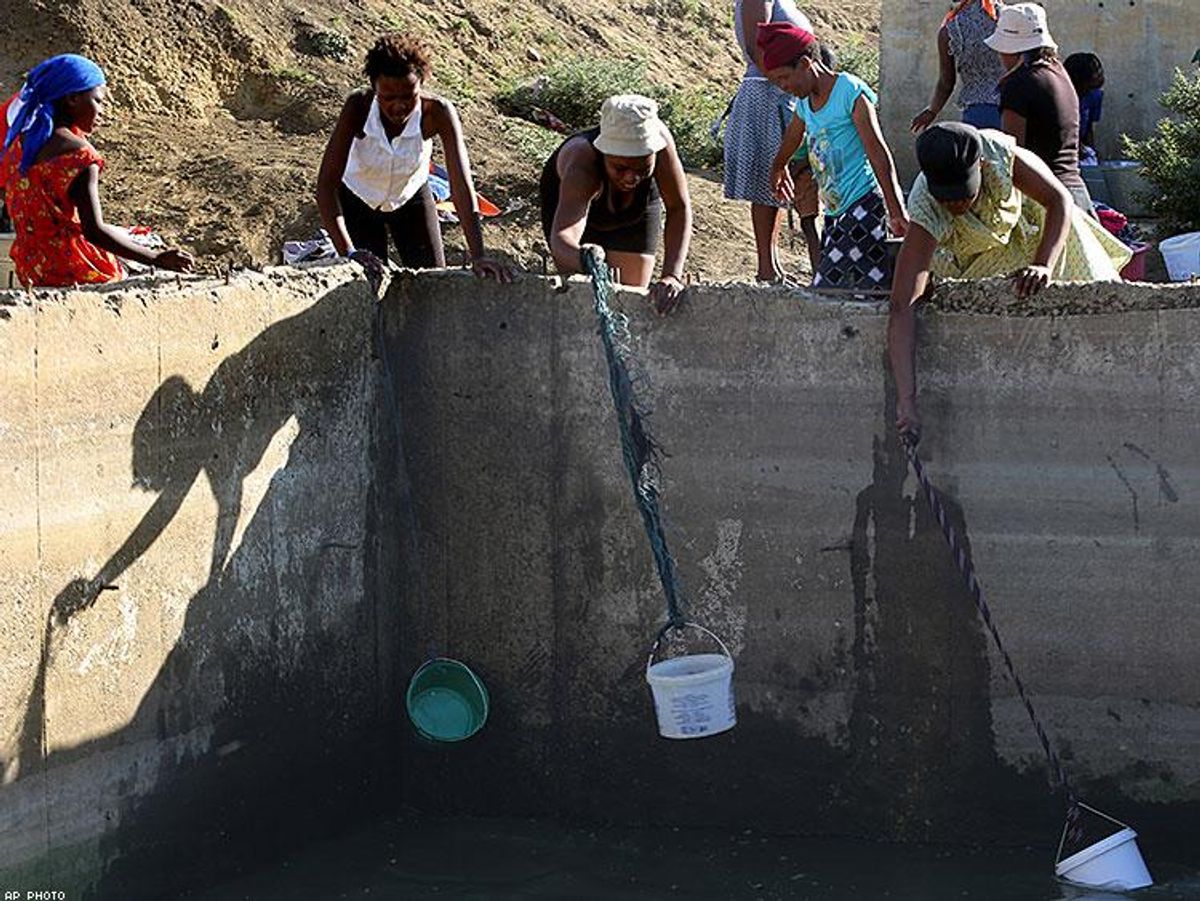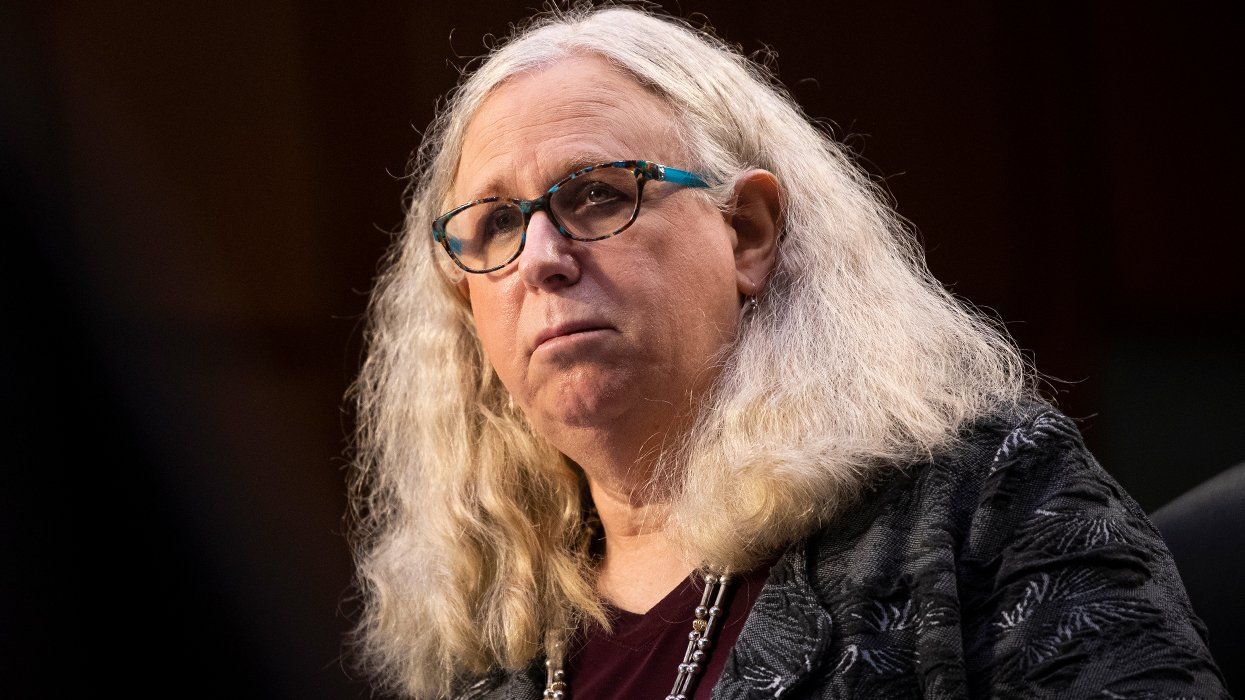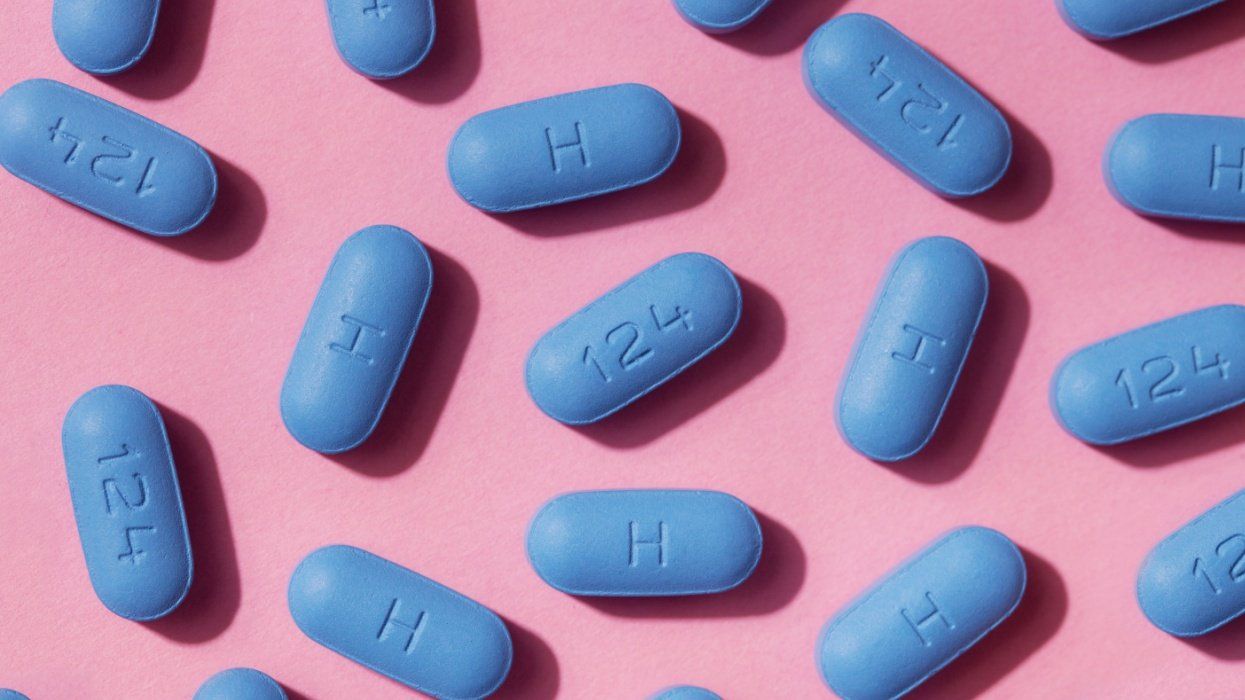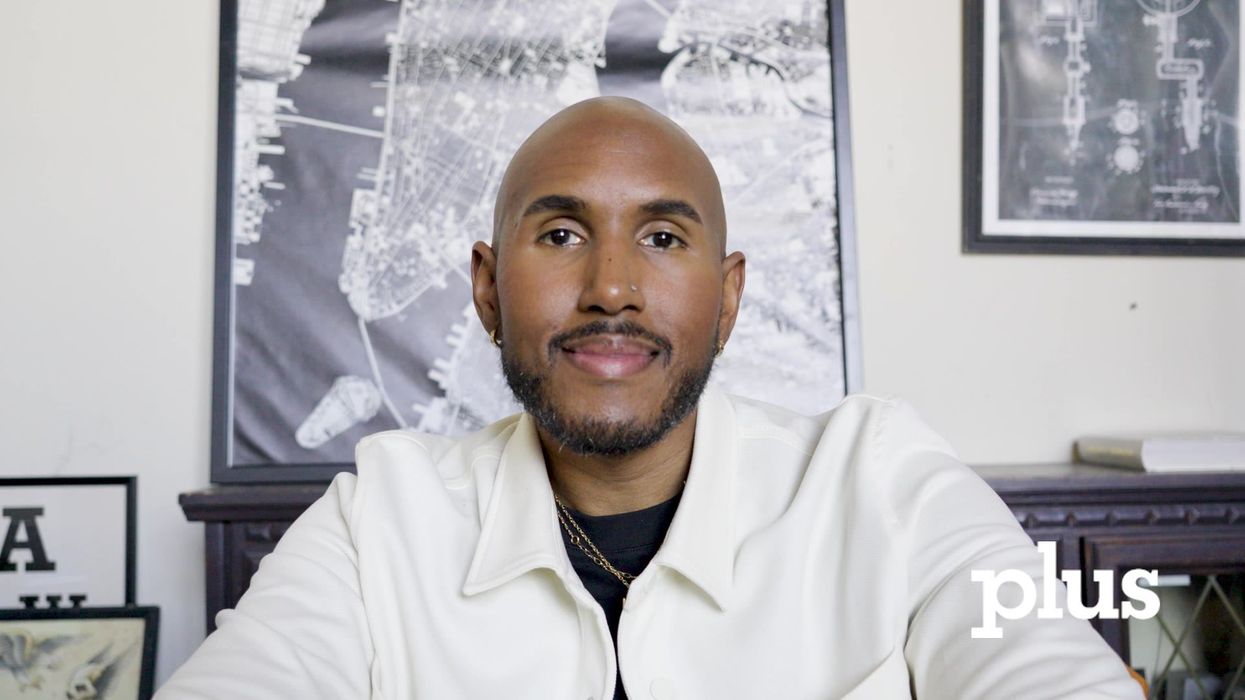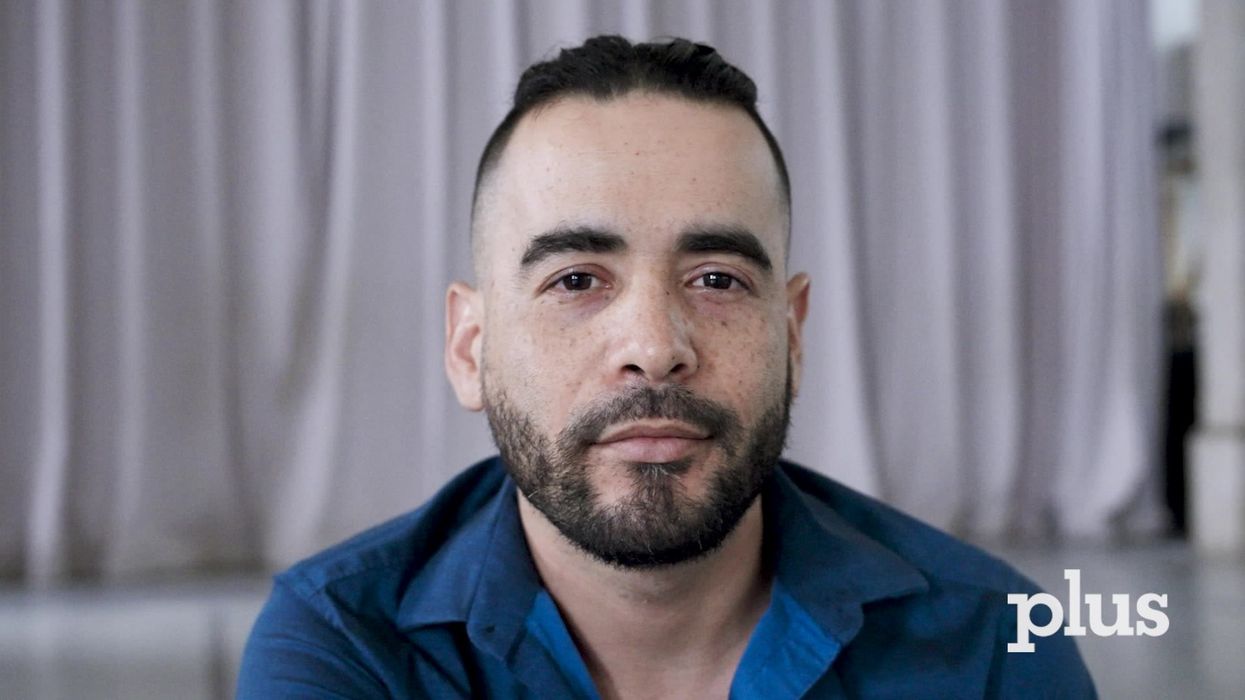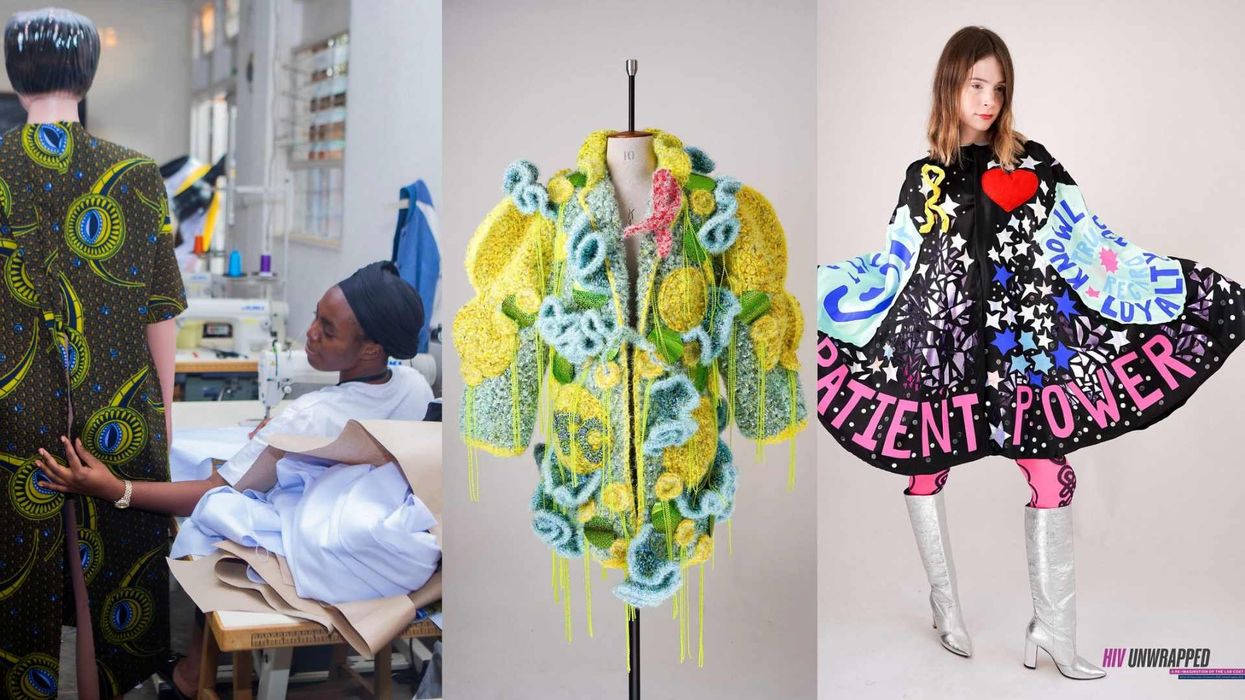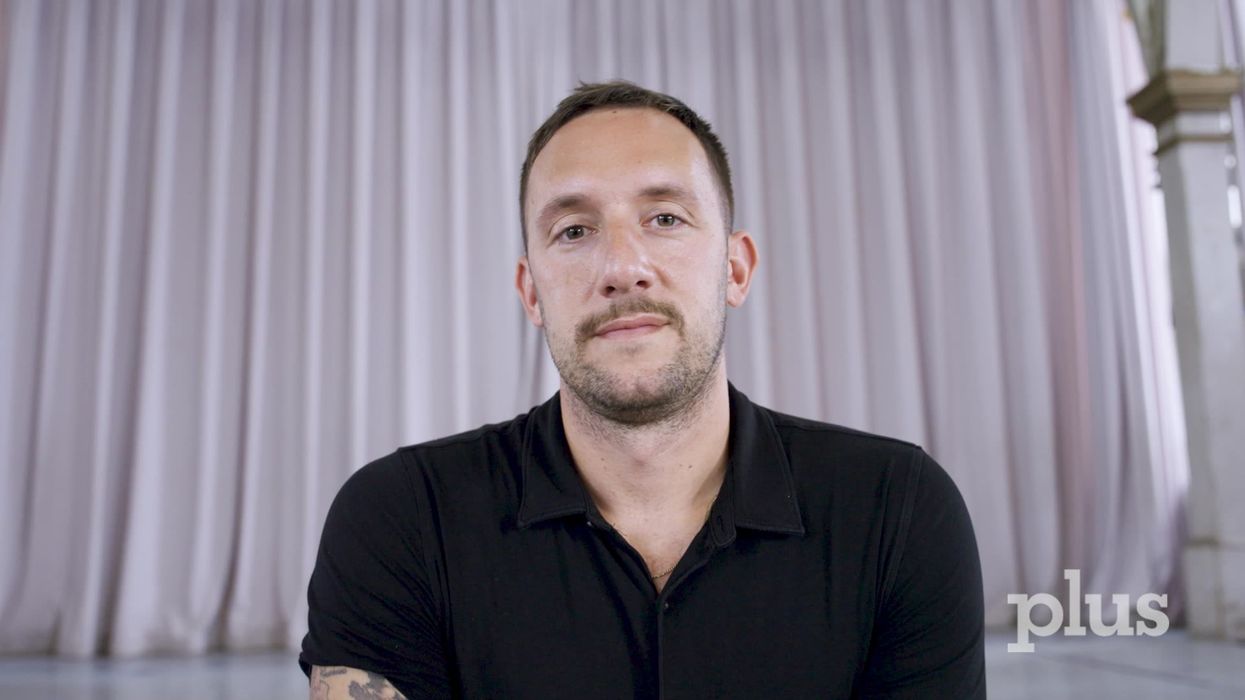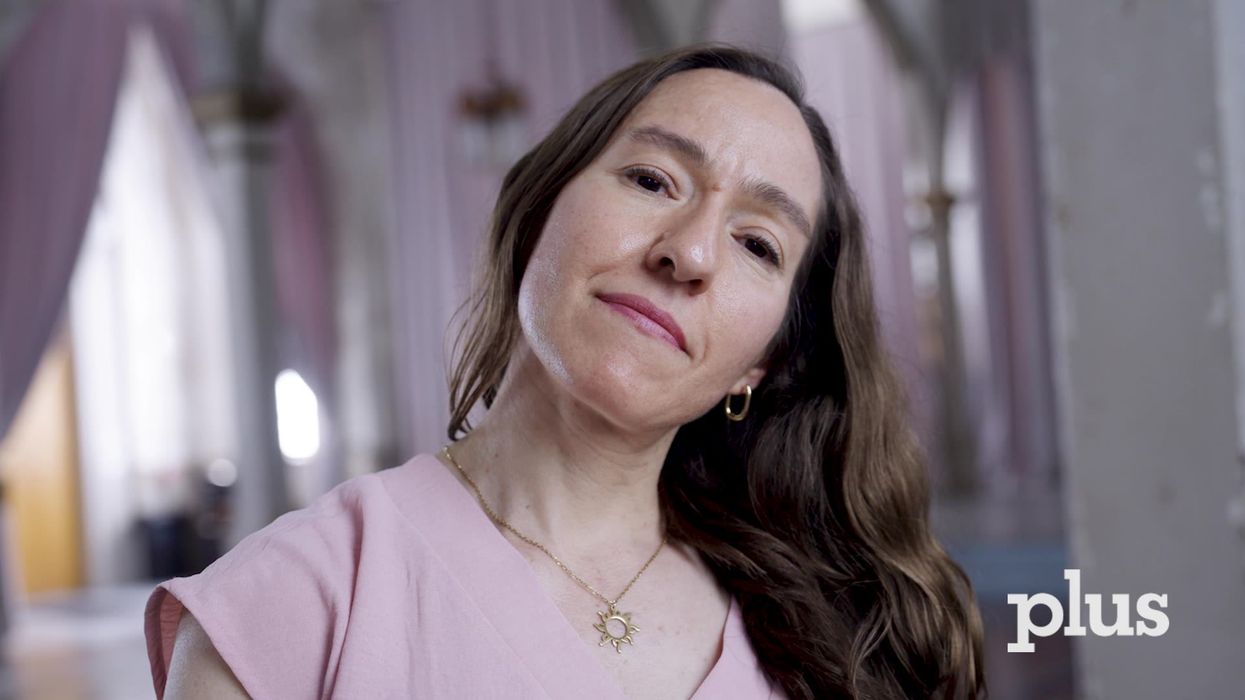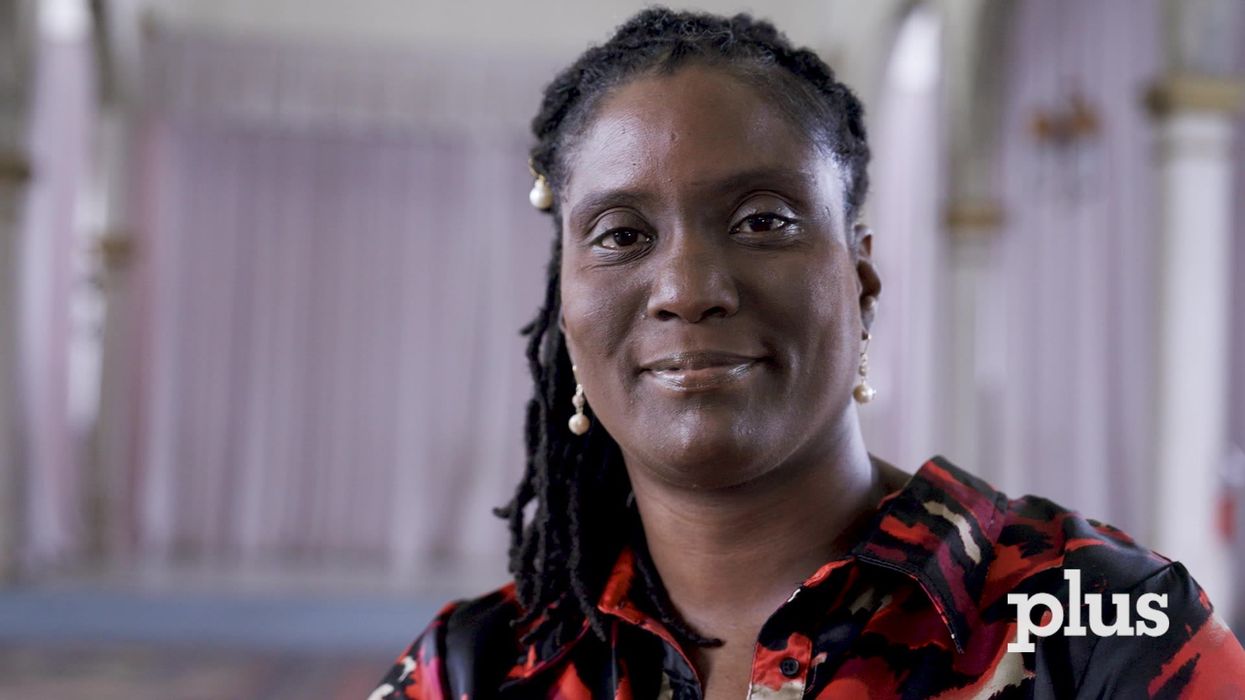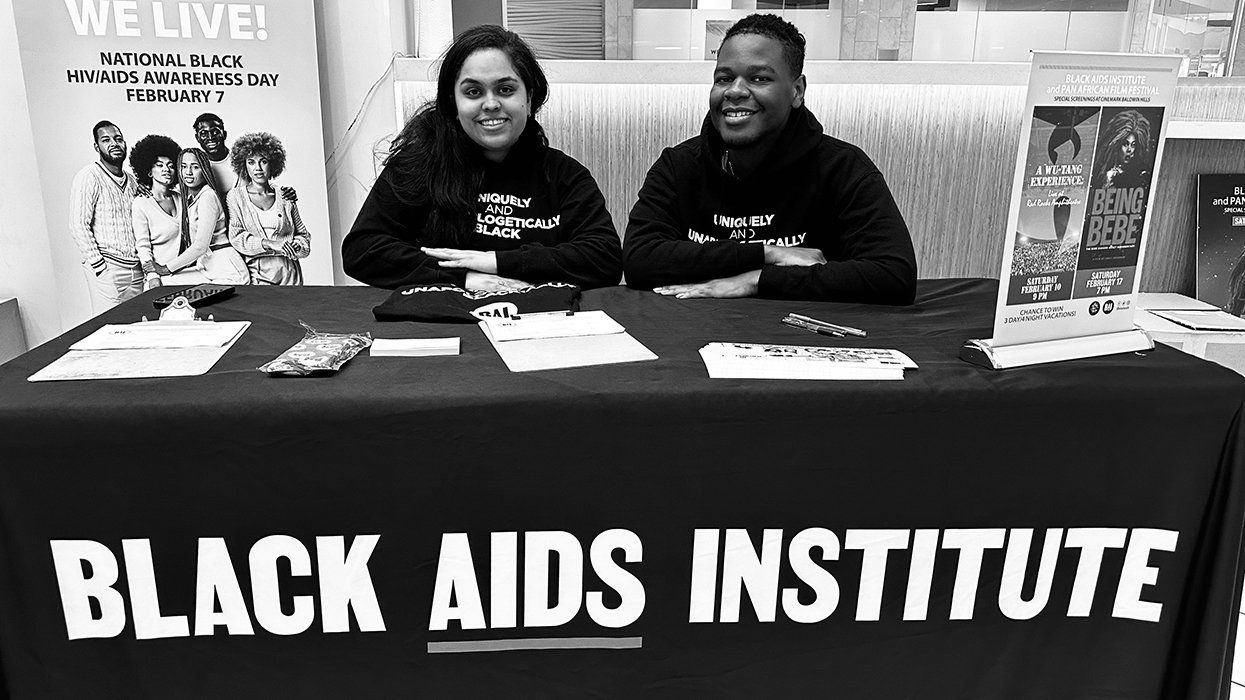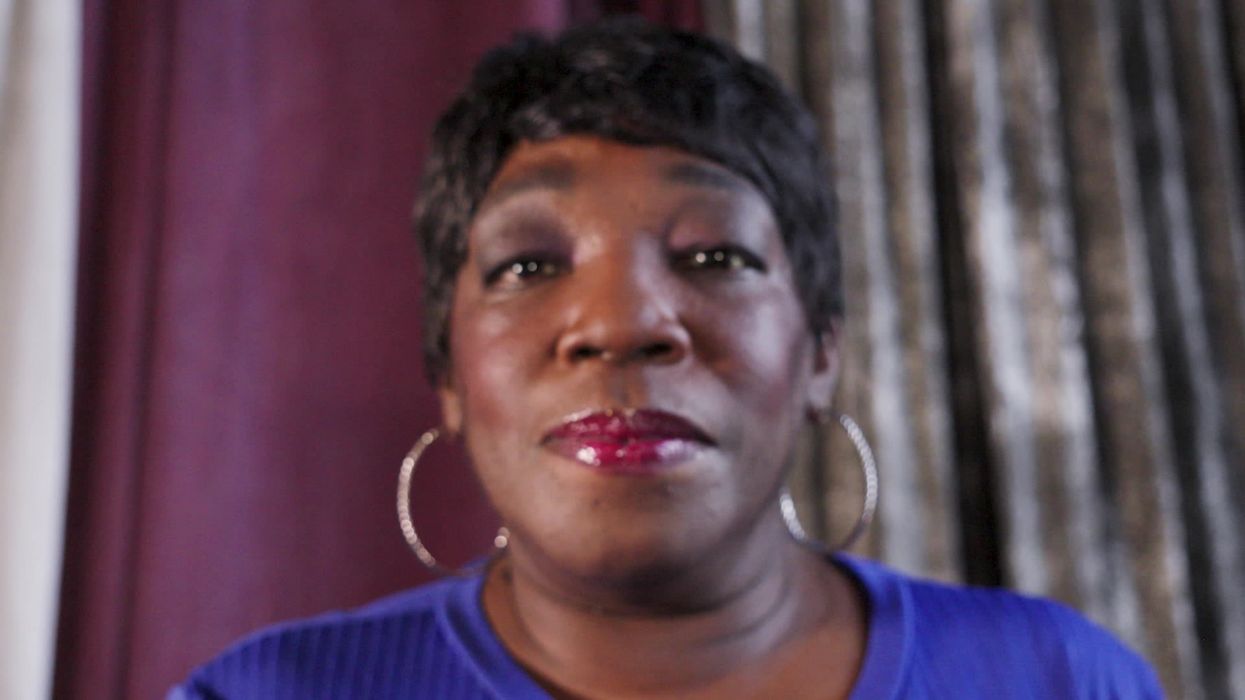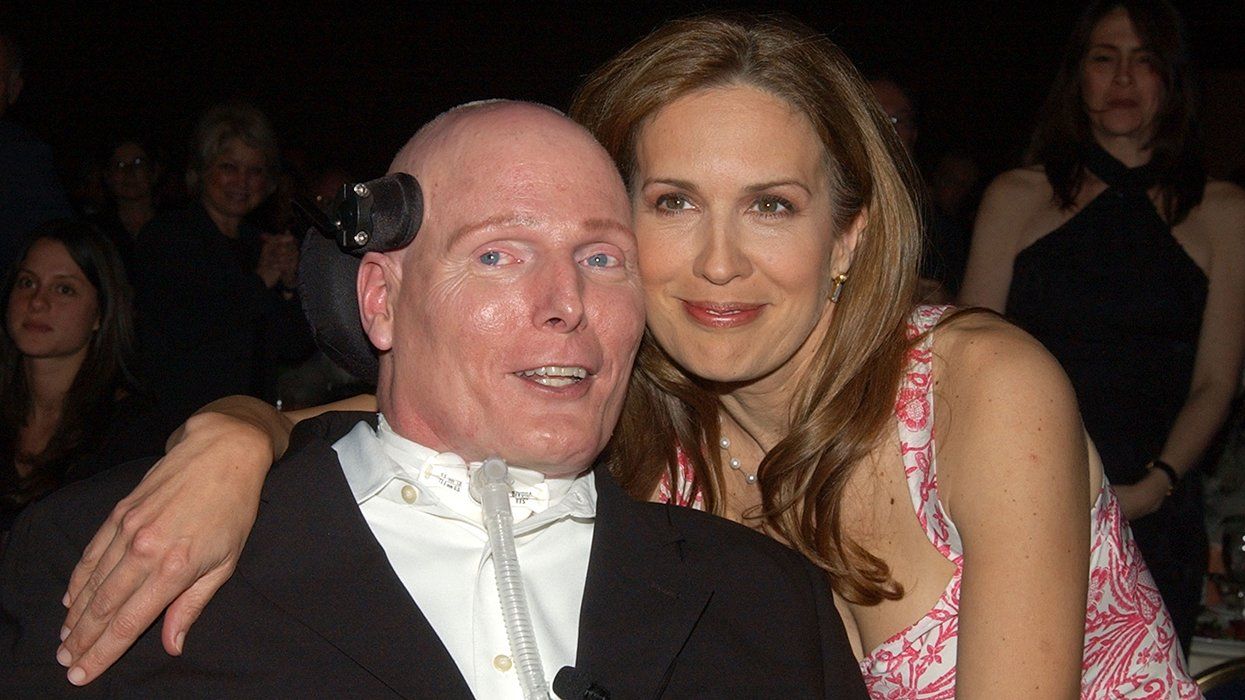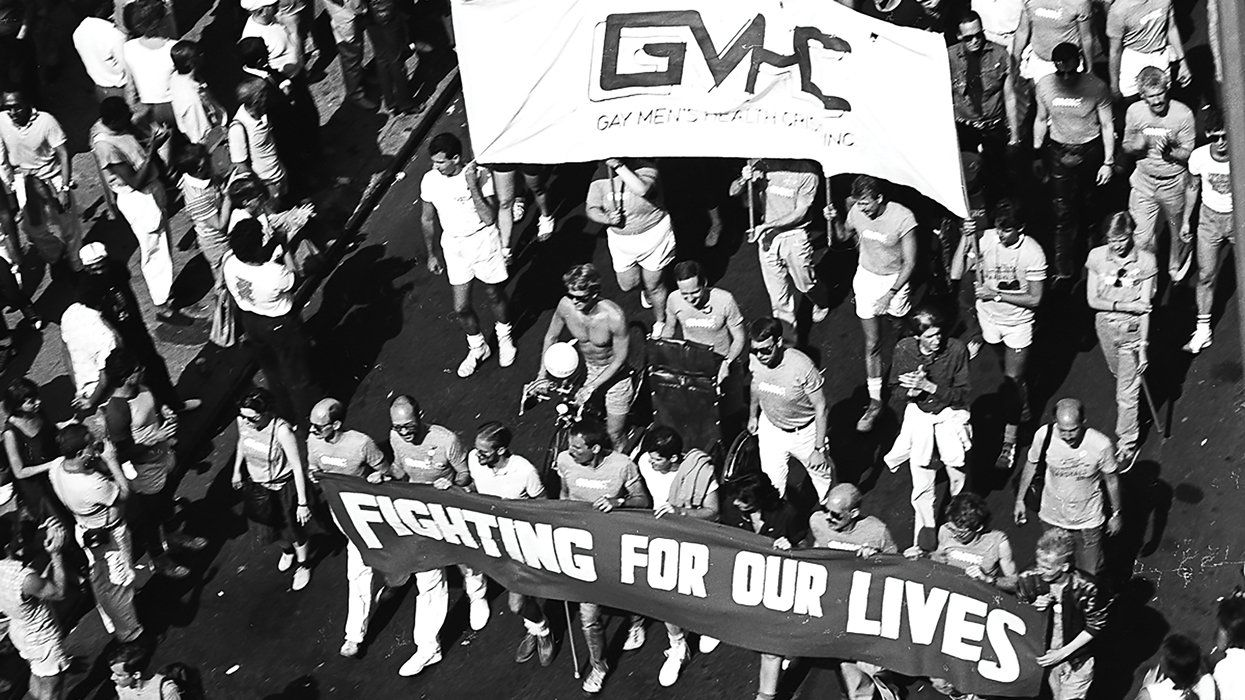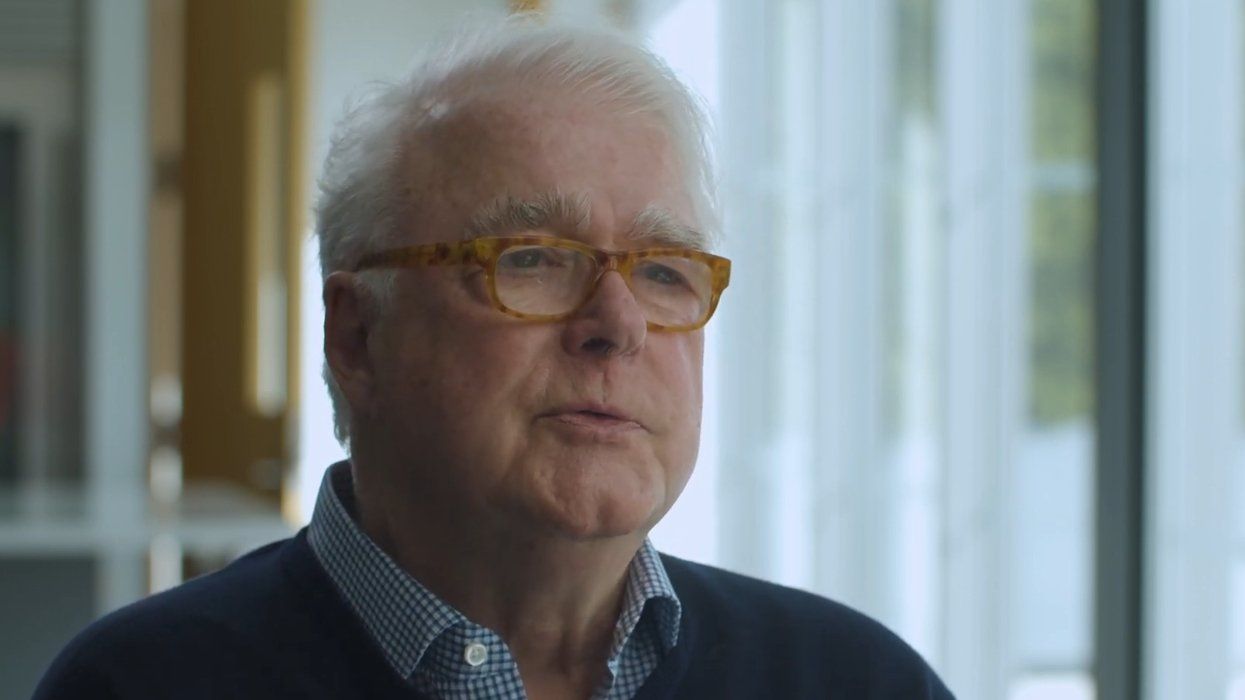The potential withdrawal of the United States from the Paris climate agreement has broad implications for society and the environment. While much attention has concentrated upon melting glaciers, rising sea levels and conflicts over scarce resources, another area represents a major cause for concern: human health.
According to the Intergovernmental Panel on Climate Change (IPCC), global climate change has direct health impacts tied to changes in the frequency of extreme weather events including heat, drought and intense rain. Additionally, increasing temperatures alter ecosystem dynamics, making it easier for mosquitoes and other organisms to come into contact with human populations and spread infectious disease (Smith et al. 2014).
Climate change also undermines improvements in the management of existing disease outbreaks. This is the case in South Africa, a country where I have conducted extensive research over the past decade. As I detail in my book “States of Disease,” the South African government has become more aggressive in responding to the HIV/AIDS epidemic while establishing itself as a leader in the testing and treatment of HIV-positive individuals. As a result of its efforts, the government has reduced the likelihood of patients progressing from HIV disease to AIDS, thereby extending the lives of many for years or decades.
South Africa’s HIV approach holds important lessons for the future of HIV management, but it also reveals new challenges that will arise from global climate change. One such challenge is ensuring that HIV-positive individuals have food.
Food shortages overshadow drug shortages
An estimated 36.7 million people worldwide were living with HIV/AIDS at the end of 2015, and about 2.1 million individuals became newly infected with HIV in the same year. Roughly two million patients receive treatment in South Africa each day, which means that more people are living with HIV there than in any other country.
These treatment efforts have resulted in a new language for HIV in which the disease is more regularly asserted to be a chronic condition, similar to diabetes in that it can be managed through monitoring and drug provision.
Chronic HIV suggests universal access to antiretroviral therapy (ART). This assumes a politically neutral terrain for sick and dying people. Regardless of the government’s assertions of widespread access to antiretroviral drugs, in South Africa as elsewhere, some people lack access to treatment regimens that offer the possibility for survival. This is further challenged by new guidelines from the World Health Organization recommending that HIV-positive individuals pursue ART earlier.
Stigmas also matter. Although public health institutions advocate universal access to antiretroviral drugs, people experience stigma differently. Men and women have different anxieties about the virus, which shape their approaches to testing and adherence to ART.
While the availability of drugs to treat HIV/AIDS reflects encouraging developments in the global response to the epidemic, presenting HIV as a chronic condition has limitations. In particular, a major concern for people in this part of the world is less a shortage of antiretroviral drugs than a shortage of food.
‘I starve every now and then’
My work in South Africa is showing that managed HIV encounters a variety of social and environmental challenges that confront the possibility for healthy lives. This begins at rural clinics and hospitals where testing occurs, and then continues with the procedures for continued treatment. Educational messages provided by clinics and hospitals emphasize the need to access certain foods to maintain good health, not all of which are readily available to needy populations.
Because it is difficult to take these drugs on an empty stomach, diet and nutrition are emphasized. Additionally, a diverse diet can help boost the immune system and offset the possibility of secondary infections. HIV-positive individuals are encouraged to plant gardens to acquire healthy foods.
For those managing HIV, there is a stark divide between public health messaging and the feasibility of such mandates. Food insecurity is widespread in South Africa and is experienced at different levels.
My research team conducted a survey in 2013 of 327 rural households that showed that 26 percent of household heads ate less than desired because there wasn’t enough food. Nearly twice as many HIV-positive individuals indicated that they had lost weight because there wasn’t enough to eat. As one person said, “I starve every now and then. And I don’t get different types of food. Sometimes I get bananas, sometimes nothing” (“Eat Healthy and Nutritious Food”).
These interviews demonstrate the importance of food security to ensure the effectiveness of treatment regimens. Yet food security is possible only for families that have economic resources to purchase healthy foods, or access to land for growing their own crops. This remains a challenge because historical systems of racial segregation have resulted in insecure land tenure systems and few opportunities for land ownership, thereby pushing food production to household gardens.
Female-headed households are particularly vulnerable because they show the highest rates of food insecurity in the country.
Without water, ‘we are not well’
Food production is further challenged due to weather variability associated with global climate change. I conducted interviews in January 2016, at the height of a drought that gripped the southern African region. Driven by El Niño conditions that brought dry and warm patterns, 2015 was the driest year in South Africa since official records began in 1904.
The South African Weather Service reported that during a heat wave in early January 2016, 31 locations reached new maximum-temperature records. Food prices have increased, and millions of tons of maize, a dietary staple for the country, were imported to meet consumer needs.
These challenges were reflected in a lengthy interview I had with an HIV-positive grandmother. Pointing to the household garden where she grew vegetables for the family, she noted that because of the lack of rain she had not yet planted. As she explained, “We are suffering because of the scarcity of rain. If there is rain we are able to do it all, we can grow some sweet potato and cassava, but if there is no water, we are not well at all.”
For many people, the constraints in producing their own food from household gardens were compounded by shifting environmental patterns that increased their vulnerability to food insecurity.
While there have been remarkable improvements in combating the HIV/AIDS epidemic in the Global South, managed HIV faces other challenges beyond accessing lifesaving drugs. Food production and food security, which are tied to shifting climate dynamics, place additional burdens upon social and natural environments in resource-scarce settings.
Managed HIV is survival, and this survival depends not just on access to antiretroviral drugs but also on a gamut of social and environmental resources that have become necessary to meet health needs in the era of global climate change.
This article originally appeared over at The Conversation.
Brian King is a professor at Pennsylvania State University.

